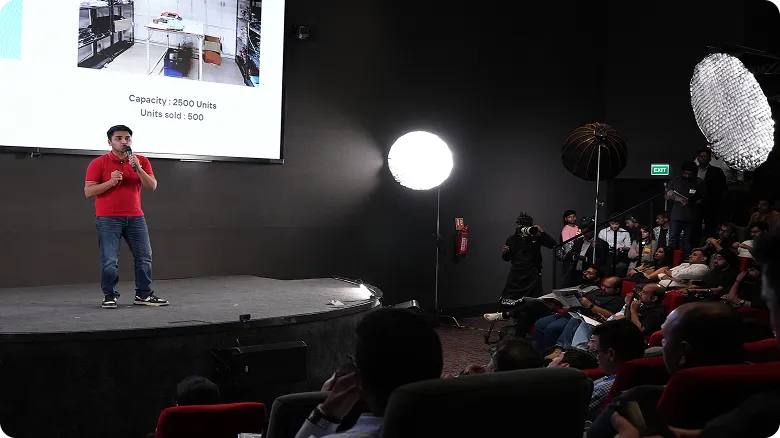Apply to the Shark Tank S5 Campus Special (Open to All Students)
Apply NowUndergraduate
Undergraduate (Global)
Postgraduate
Executive
Family Business
Careers
Innovations
Faculty
MU Ventures
Student Life
Jobs
Become a Master
events
For Companies
Blog
Business Tips
How to Write Effective Cold Emails That Get Responses: A Step-by-Step Guide
January 13, 2025

Cold emails are powerful tools in professional communication. Whether you’re reaching out to a potential mentor, pitching an idea to a client, or applying for a job, a well-crafted cold email can open doors to new opportunities. But in a world where inboxes are overflowing, how do you make your email stand out? Here’s a guide to writing cold emails that get read, resonate, and elicit responses.
Why Cold Emails Matter
Cold emails are more than just messages—they’re your first impression. Unlike a casual conversation, they demand clarity, brevity, and purpose. For professionals and students alike, mastering the art of cold emailing is essential for networking, job hunting, and business growth. A well-written email can:
-
Demonstrate Professionalism: Showcases your ability to communicate effectively and professionally.
-
Open Doors: Personalised and relevant cold emails can lead to connections and opportunities you might not have otherwise.
-
Build Relationships: An engaging email can be the foundation for long-term professional relationships.
Key Components of an Effective Cold Email
To craft a cold email that captures attention, follow these essential steps:
Subject Line
Your subject line is the gateway to your email. It should be clear and intriguing. Avoid generic lines like “Hi” or “Just Checking In”. Instead, try something specific:
-
“Quick Question About [Topic]”
-
“Excited to Connect About [Common Interest]”
Personalisation
Generic emails are ignored. Research your recipient’s background, role, or recent achievements. Start your email by acknowledging something unique about them:
-
“I recently read your article on [Topic], and I found it insightful.”
-
“Congratulations on your recent promotion to [Position]!”
Clear Purpose
Be upfront about why you’re reaching out. Busy professionals appreciate clarity:
-
“I’m writing to explore potential collaboration opportunities.”
-
“I’d love to get your advice on [specific topic].”
Value Proposition
Highlight how your email benefits the recipient. Instead of focusing solely on your goals, show them what’s in it for them:
-
“I’d love to hear your thoughts on how my experience in [relevant area] could contribute to your ongoing project.”
Call to Action
End with a clear and actionable next step:
-
“Would you be open to a 15-minute call next week to discuss this further?”
-
“Could you let me know if this aligns with your current focus?”
Pro Tips for Success
-
Keep It Short: Time is precious. Aim for 3–4 concise paragraphs that are easy to skim.
-
Use a Professional Tone: Be polite and professional, but avoid overly formal language that feels robotic.
-
Proofread: Errors can undermine your credibility. Double-check grammar, spelling, and tone.
-
Follow Up: If you don’t hear back within a week, send a polite follow-up. Persistence often pays off.
Example Cold Email
Subject: Excited to Connect About Your Work in [Field]
Hi [Recipient’s Name],
I hope this email finds you well. I recently came across your work on [specific topic or project], and I was truly inspired by your approach to [specific detail]. As someone deeply interested in [related field], I’d love to learn more about your perspective.
I’m currently [your role or position], and I’m exploring ways to [specific goal or interest]. Given your expertise in [area], I believe your insights would be invaluable. Would you be open to a quick 15-minute call next week to share your thoughts?
Thank you for considering my request. I look forward to hearing from you.
Best regards,
[Your Full Name]
[Your Contact Information]
[Optional: LinkedIn Profile]
Conclusion
Writing cold emails that connect is an art that combines personalisation, clarity, and value. With the right approach, your emails can spark meaningful conversations and open doors to opportunities you never imagined.
At Masters’ Union, we equip students with not only technical skills but also the soft skills required to master professional communication, including the art of cold emailing. So, start crafting your message today—because your next big opportunity might just be one email away.
Visit our YouTube channel to explore more: Life At Masters’ Union | Explained in 3 Minutes (youtube.com).














